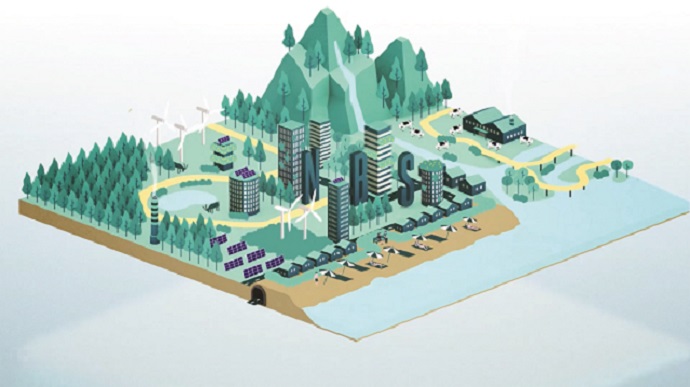Locating victims in collapsed structures
When buildings have collapsed, it is very difficult to find and rescue victims trapped under the rubble. Typically, rescuers will not know how many victims they should be looking for, or whether they are alive or dead. The best solution to date has been rescue dogs. Devising a higher-technology option has been the 'Second generation locator for urban search and rescue operations' (SGL FOR USAR) project. The 21-member project ran for four years to the end of October 2012. The project received approximately EUR 4.9 million in funding, with which it aimed to develop sensor technologies for rescuing victims trapped in collapsed buildings. The project's broad aims included detection and identification of human chemical signatures and integration of sensors into operational devices. Another aim was to combine the technologies into a single portable data- and resource-managing platform. The project succeeded in its goals and developed an innovative portable system. The system includes sensor probes and an integrated Remote Early Detection System (REDS) for monitoring voids. The project first had to build an entrapment simulator, an odour simulator, and a first responder portable device. The system depends on modules, developed by the project, which detect chemical markers indicating human breath, sweat and urine, plus corpses. A further system analyses metabolite traces from breath for data to estimate victims' medical status. The project's core results also include algorithms for acoustic analysis of sounds within building rubble, and a system enabling wireless communication inside and around the collapsed structure. Project members developed two complete prototypes. A portable device incorporated an ion spectrometer for detection of key chemical tracers. A second prototype (the REDS) continuously monitors the large-scale situation at disaster scenes. Testing using pig carcasses as substitutes for human victims verified the ability to detect and identify key compounds. An additional system supports rescuer safety by identifying risks in the operational area. The result of SGL FOR USAR will be systems that detect human traces in the rubble of collapsed buildings. The systems will also determine the status of the casualties who will benefit from a quicker rescue, potentially saving lives.
Keywords
Building rubble, structure collapse, victim search, rescue operation, chemical traces, victim status, sensor technologies







